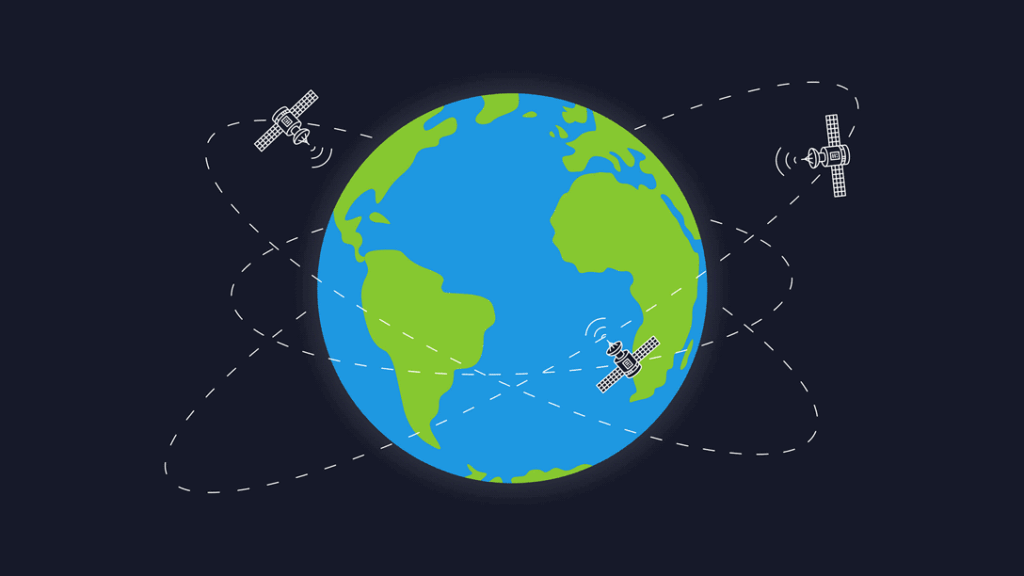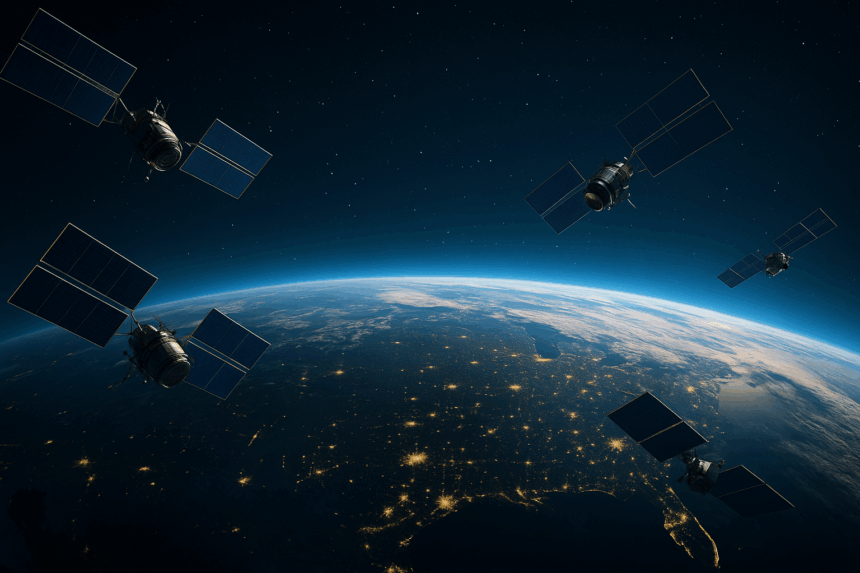The skies aren’t only for stars anymore — satellites are stealing the spotlight. From beaming internet to guiding navigation, space-based systems now drive digital progress. Two players, SpaceX’s Starlink and AST SpaceMobile, are racing to redefine what’s possible from orbit. Whether it’s Starlink’s new GPS alternative or AST’s push for space-to-phone coverage by 2026, these space companies are no longer thinking small. They’re building planet-scale infrastructure that affects smartphones, emergency services, aviation, and beyond. The battle over satellite dominance is here, and Earth’s most powerful companies are all-in.
What’s Happening & Why This Matters
SpaceX Makes a Move on GPS Alternatives
SpaceX is pitching Starlink as more than just a broadband service. In a letter to the Federal Communications Commission (FCC), the company claims it can offer a Positioning, Navigation, and Timing (PNT) service as a GPS alternative. This would mark a substantial addition to Starlink’s direct-to-device features, which are already rolling out through T-Mobile’s T-Satellite beta program.

According to SpaceX, Starlink satellites can already function without GPS input. That self-sufficiency sets the foundation for delivering location services independent of traditional U.S. Department of Defense GPS systems. SpaceX argues that its next-gen low-Earth orbit (LEO) satellite constellations could power more resilient PNT networks across more than 130 countries.
The letter also jabs at competitor EchoStar, calling out its underused 2GHz spectrum. Meanwhile, Globalstar, a provider for Apple’s satellite SOS service, also chimed in — saying its 2.4GHz signals are stronger and more resistant to jamming than traditional GPS.
AST SpaceMobile Eyes 2026 for Commercial Launch
AST SpaceMobile, a direct competitor to SpaceX, is ramping up to launch its satellite-based mobile service by early 2026. CEO Abel Avellan said in an earnings call that the company plans a beta release later this year, with a commercial version to follow. Services will include texting, video conferencing, and data access, with support from partners like AT&T and Verizon.

Currently, AST has just five “BlueBird” satellites in orbit. To begin offering continuous service, it needs 45 to 60 satellites. However, the company says it can start providing non-continuous coverage with as few as 25 satellites, which is now the short-term goal. Executives confirmed plans to launch five batches of satellites between now and early 2026, with production for 40 new units already in motion.
The urgency stems partly from global demand and limited launch windows, which have driven up costs. Each BlueBird satellite now costs between $21 million and $23 million, thanks partly to tariffs introduced by former President Donald Trump, which have increased the price of essential components. Despite the hurdles, AST plans to ramp up to a 243-satellite constellation by 2028.
TF Summary: What’s Next
SpaceX and AST SpaceMobile are on a collision course in the satellite connectivity race. While SpaceX is already in beta and touting broader applications like GPS replacement, AST is focused on closing the hardware gap and launching commercial services. The key battlegrounds are coverage, PNT accuracy, and global partnerships — all while costs and tariffs loom over their heads.
— Text-to-Speech (TTS) provided by gspeech


